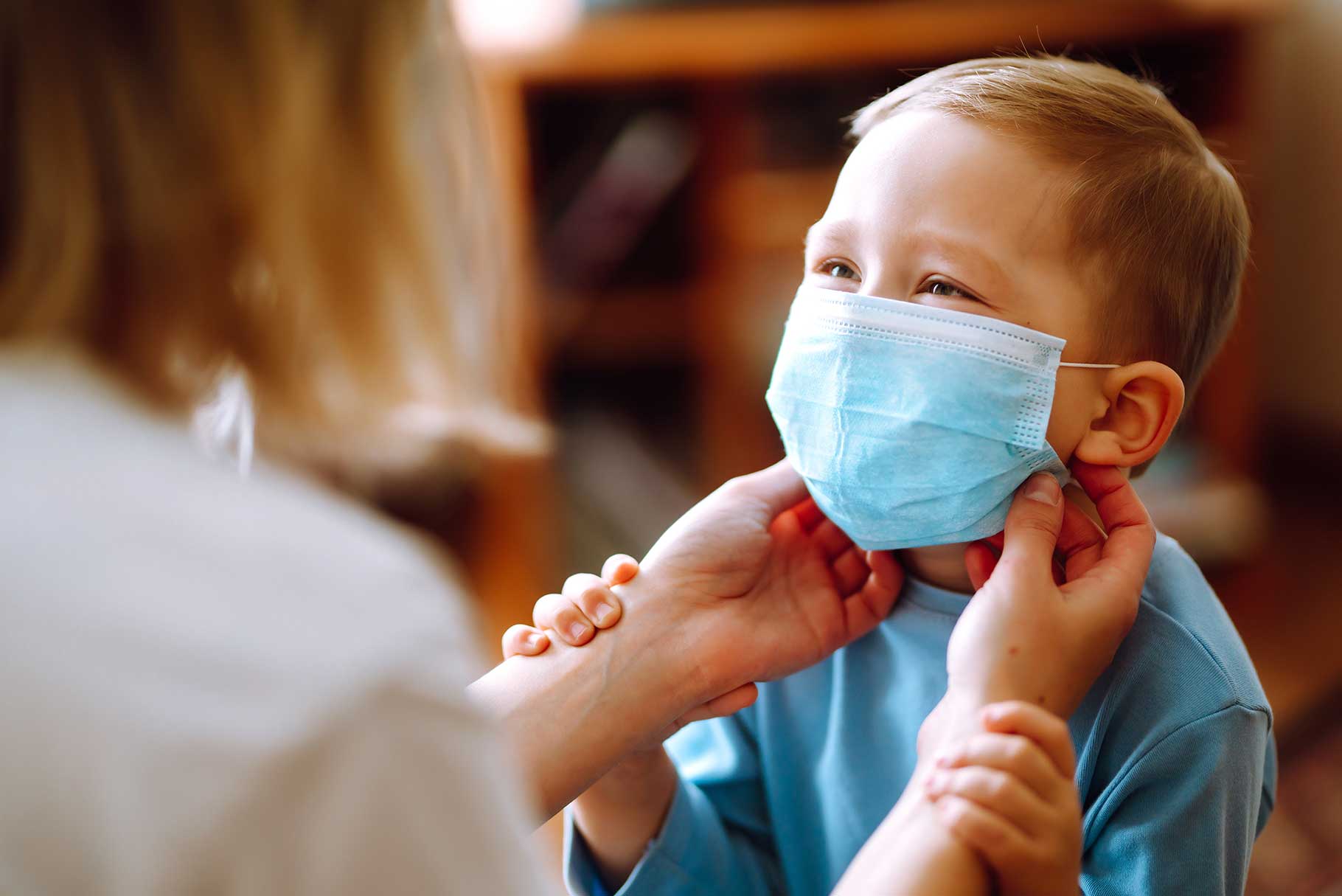
When to use masks
Masks should be used as part of a comprehensive strategy of measures to suppress transmission and save lives; the use of a mask alone is not sufficient to provide an adequate level of protection against COVID-19.
If COVID-19 is spreading in your community, stay safe by taking some simple precautions, such as physical distancing, wearing a mask, keeping rooms well ventilated, avoiding crowds, cleaning your hands, and coughing into a bent elbow or tissue. Check local advice where you live and work. Do it all!
Make wearing a mask a normal part of being around other people. The appropriate use, storage and cleaning or disposal of masks are essential to make them as effective as possible.
How to choose a cloth face mask
When choosing a face mask , make sure it:
fits snugly at the side of your face and doesn't leave any gaps completely covers your nose and mouth has 2 or more layers of washable, breathable fabric if it is a cloth mask
Avoid masks that:
are made of material that makes breathing difficult have valves or vents - these are used to protect you from dust and do not offer protection from COVID-19
Do not wear a visor or face shield instead of a mask. They should only be worn if you have an illness or impairment that makes wearing a face mask difficult.
How to Choose a Facial Mask
Masks and respirators (i.e., specialized filtering masks such as “N95s”) can provide different levels of protection depending on the type of mask and how they are used. Loosely woven cloth products provide the least protection, layered finely woven products offer more protection, well-fitting disposable surgical masks and KN95s offer even more protection, and well-fitting NIOSH-approved respirators (including N95s) offer the highest level of protection.
Whatever product you choose, it should provide a good fit (i.e., fitting closely on the face without any gaps along the edges or around the nose) and be comfortable enough when worn properly (covering your nose and mouth) so that you can keep it on when you need to.

Kids N95 Mask
Some types of masks are better than others. For masks to be most effective, they should:
- Block germs well. A mask should have multiple layers, and it should not have a vent. Cloth masks have been popular, and they are better than nothing, but they don’t seem to block germs as well as surgical masks. The best germ-blockers are called "respirators." These have been tested and meet high filtration standards. Look for them with names like KN95 or KF94.
- Fit snugly. Masks should cover the nose and mouth both and have no gaps on the sides.
- Be comfortable. Any mask worn comfortably is better than no mask at all. If a respirator is not comfortable, try a surgical mask, or a surgical mask with a cloth mask on top.
Wash cloth masks often, and throw out disposable masks after use. Respirators can usually be reused a few times, until they are dirty or damaged and no longer fit snugly. Store these in a paper bag between uses.
To help kids wear masks:
- Teach kids how to put masks on and take them off. Remind them that masks should always cover the nose and mouth. They should handle masks by the ear loops and ties so that the mask does not get dirty.
- Make it fun and personal. You can find fun, colorful masks in many stores. Look for ones with superhero characters, movie favorites, silly faces, or animal prints. A personal touch can help make masks a more normal part of their routine.

Leave a Comment